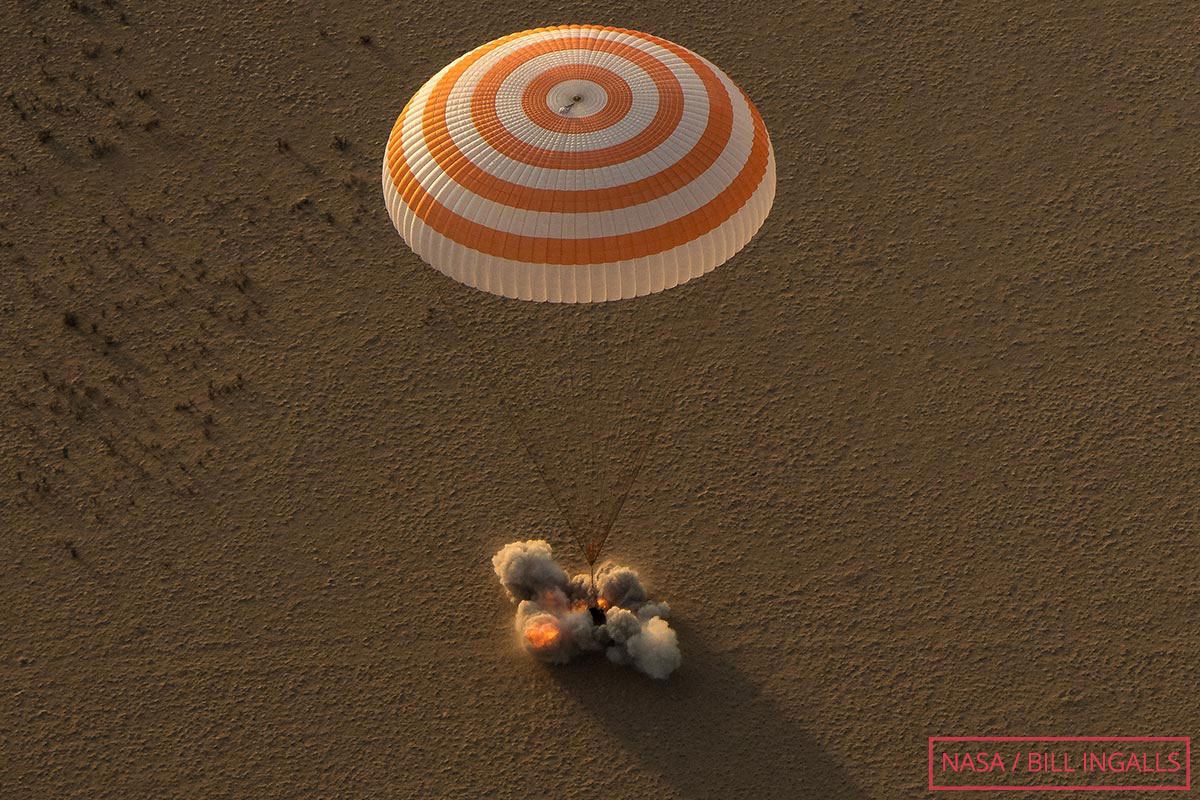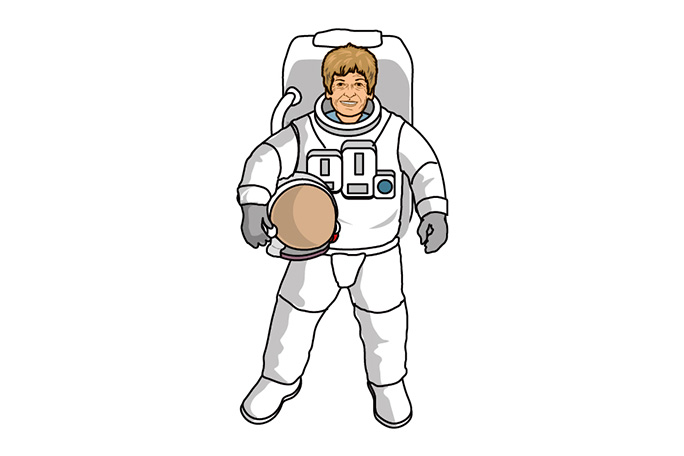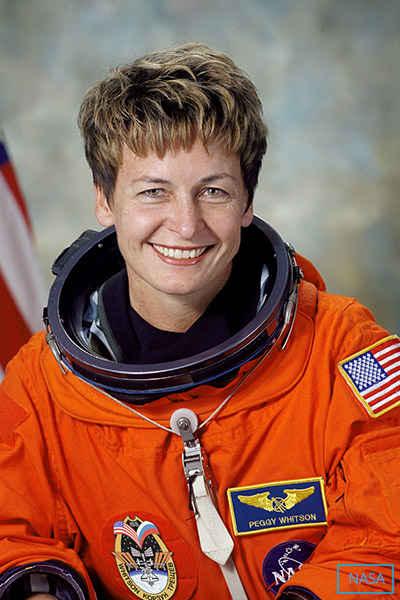Eyes on the skies
Peggy Annette Whitson was born on 9 Feb 1960 in Mount Ayr, Iowa, USA. Her parents were farmers, but any thoughts Peggy might have nurtured of following in their footsteps were abandoned on 20 Jul 1969. That night, along with millions of TV viewers worldwide – she watched as Neil Armstrong and Buzz Aldrin (both USA) became the first people on the Moon. Although she was only nine, Peggy was fascinated by the idea of people actually working as astronauts for a living.
Further encouragement came in Jan 1978, the year Peggy graduated from high school, when NASA’s first female astronauts started training, who included among them Dr Kathryn Sullivan, a fellow record-setting astronaut. To Peggy, it provided joyous confirmation that spaceflight was no longer the exclusive preserve of male astronauts. Among the six women chosen was Sally Ride, who would become the first American woman to fly in space five years later.
In this respect, at least, the USA’s great rivals in the Space Race were literally decades ahead. Twenty years previously, on 16 Jun 1963, Soviet cosmonaut Valentina Vladimirovna Tereshkova (USSR) had become the first woman in space, when she launched in Vostok 6 from the Baikonur Cosmodrome in Kazakhstan.
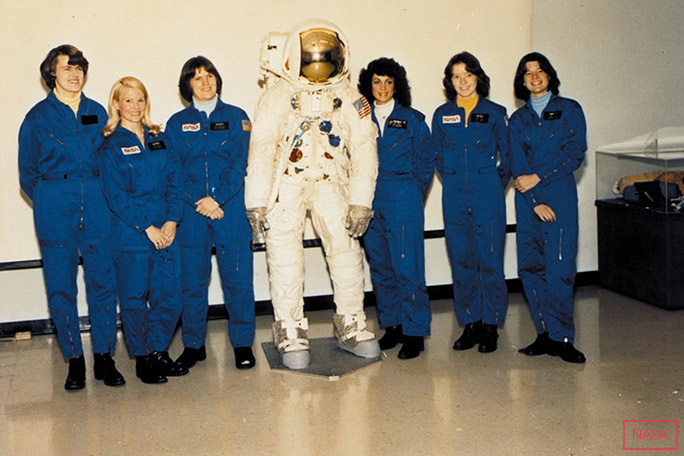
NASA's first class of female astronauts were recruited in 1978: (left to right) Shannon Lucid, Margaret Seddon, Kathryn Sullivan, Judith Resnik, Anna-Fisher and Sally Ride




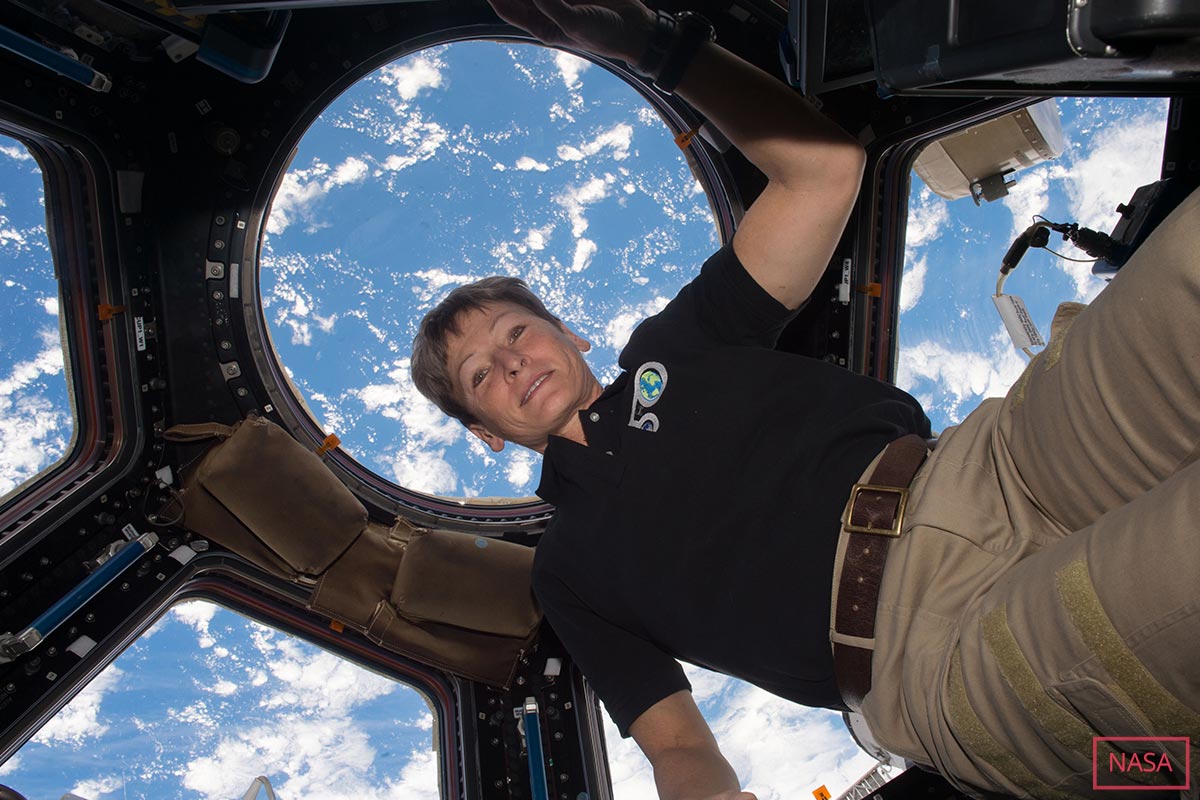
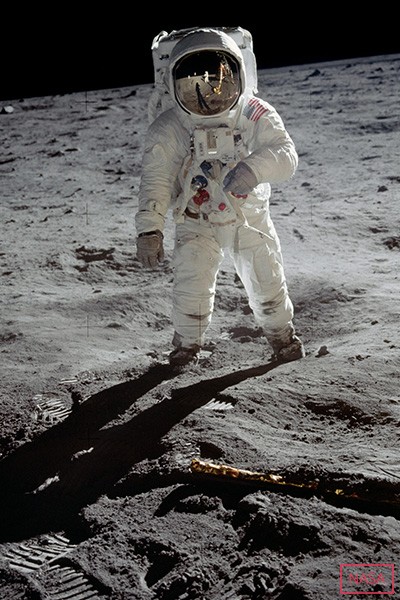
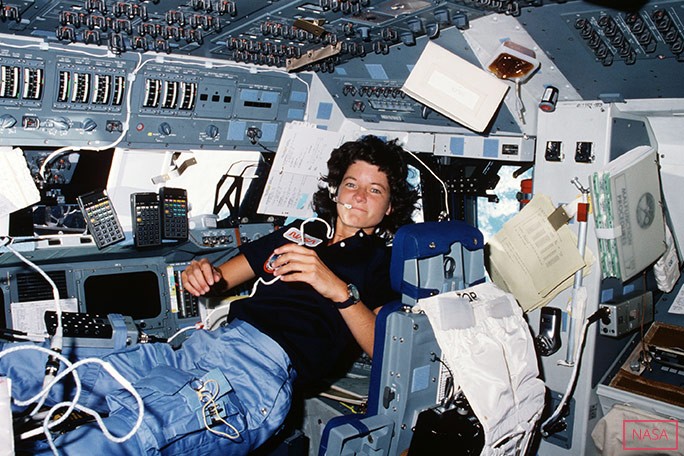
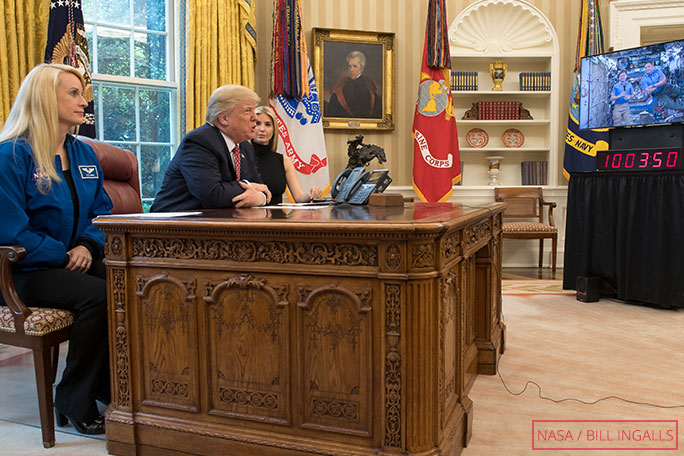 Then President Donald Trump congratulates Peggy Whitson on setting a record for longest cumulative space time for a US astronaut in Apr 2017
Then President Donald Trump congratulates Peggy Whitson on setting a record for longest cumulative space time for a US astronaut in Apr 2017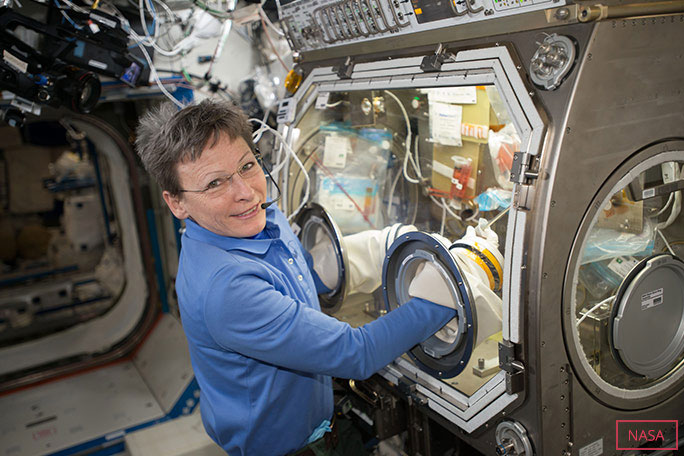 Peggy working with the Microgravity Sciences Glovebox in the Destiny US Laboratory on her last visit to space
Peggy working with the Microgravity Sciences Glovebox in the Destiny US Laboratory on her last visit to space